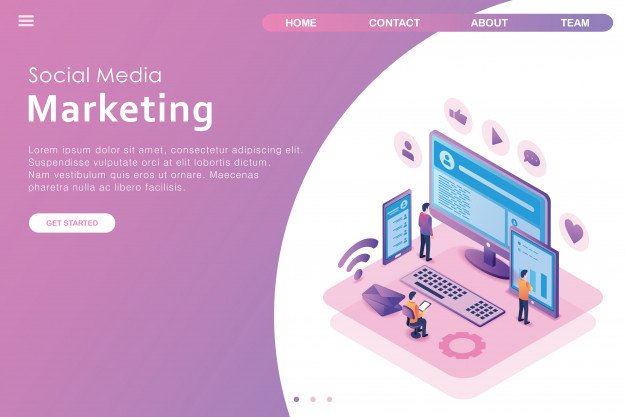Salespeople can be awfully laissez-faire about when (and if) they contact leads, which is baffling given that the job is so centered on conversion. Many reps take a full three days to follow up on a new lead, giving the competition ample time to swoop in and make that all-important first touch.
Sales are the lifeblood of any business organization. no matter the shape, size, or scale of your business, you need to work towards generating sales. However, for most businesses investing in training sales professionals can be a hectic process. A better alternative can be found by working with platforms and experts that work on commission only sales. This simply means that you pay the salesperson only when they are able to successfully execute sales and close deals on behalf of your organization.
In a modern online world, prospects can rifle between competitors’ pages, compare offers, fill out multiple forms and survey even the most saturated markets in mere minutes – it, therefore, becomes incumbent on you as a diligent salesperson to vie for top-of-mind awareness. The best way to do that is to boost your speed to lead.
Speed-to-lead, put simply, is the time it takes you to contact a new lead entering your system. It’s something you should be mindful of when considering how to improve your outreach efforts as the rapidity with which you contact a lead has been shown, across multiple studies (more on those in a moment), to have a profound effect on engagement success.
Speed-to-Lead, by the Numbers:
According to a study undertaken in partnership between the Telfer School of Management and a leading sales engagement company, engaging the lead within the first hour is seven times more effective compared to waiting 24 hours. The Harvard Business Review conducted the same study, and they found the exact same thing.
Quick, But Not Too Quick:
That same Telfer study comes with a caveat, though: you can’t pick up the phone within seconds and hope for the same engagement success. The sweet spot seemed to be between ten and 60 minutes of the prospect of becoming a new lead. The reason for this ten-to-60 minute delay could be because an instantaneous response seems automated and pushy, but, of course, it’s impossible to tell.
- You may like also: Avoiding Sales And Operations Planning Mistakes
The best way to ensure that you make the first touch – and all subsequent touches – at the right time is with automated queue-based lead routing software. It’s a mouthful, for sure, but it’s essentially software that automates the prioritization of your sales reps’ leads to make sure that new leads are routed to the front of the call queue. The software then automates their call cadence to ensure consistent speed-to-lead and thorough follow-up.
The Psychology of Speed-to-Lead:
What is it about the speed that conveys value? From the prospect’s perspective, your speed might indicate a willingness to please, a certain eagerness they know will be valuable when it comes time for them to express their needs and pain points.
Alternately, it might simply be the fact that you were there first. As mentioned briefly above, top-of-mind awareness is an important principle in engaging a lead, and being the first to contact gives you a significant advantage. Not only over other competitors but over short attention spans (everyone has them occasionally).
Speed-to-lead is an important consideration for any sales organization looking to improve sales engagement and conversion. Automating rep workflow to contact new leads 10-60 minutes after they express an interest should have a profound effect on engagement success.
Read Also:























